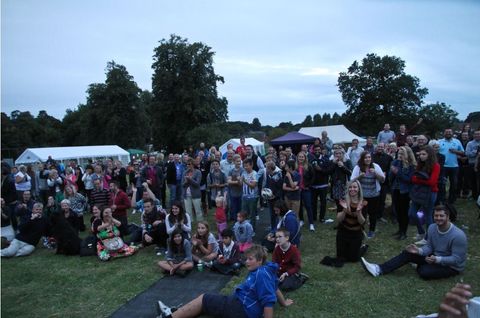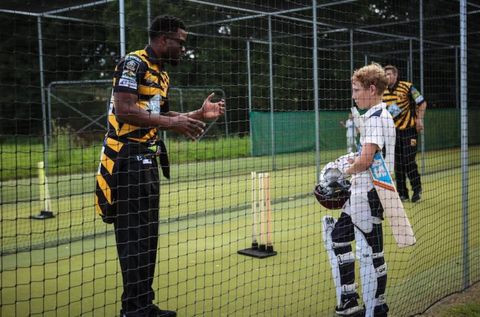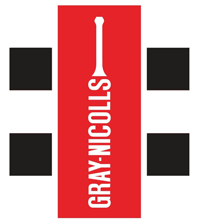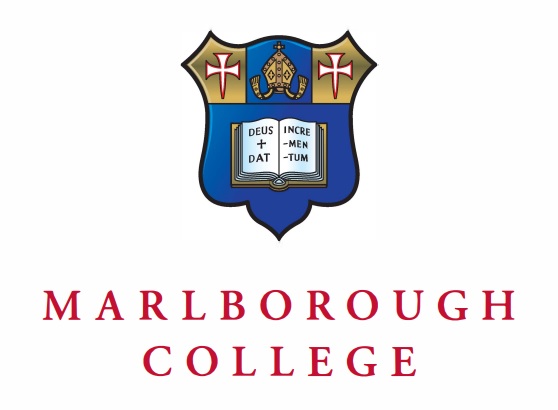February 2019 - Potterne CC
How do you build a cricket club? How do you galvanise a membership to buy into the idea of a club spirit, an identity, a development plan? What makes your club a part of the local community more so than just a place to play cricket?
Every club is different; has different ambitions, holds different values, has a different demographic and geography, and has differing strengths and weaknesses, opportunities and threats. But all clubs can learn from one another and ClubLife provides the window to offer up stories that are sometimes inspiring and often, useful to others.
At Potterne Cricket Club the principle of being embedded within the local community has been embraced completely. The club have grown rapidly in the last decade and now boasts a thriving junior section, a women’s section, regular club events, a first team playing at the highest level in the West of England Premier League and a youthful second team making its way into the WEPL Wiltshire division in 2019. No different to many clubs you might observe.

What stands out at Potterne is the commitment to contributing back to the local community and being involved locally outside of the club itself. In 2018, the club raised over £16,000 for three local charities; Julia’s House, Dorothy House and Canon’s House in Devizes, a local respite that provides short breaks for young people who have severe learning difficulties. They will continue to support Julia’s House in 2019 alongside fund-raising for the Ridgeway Breast Cancer Support group and Wiltshire Mind, which are charitable causes that have meaning with some of the members.
The club have also supported the local village hall refurbishment in 2018 and provided funding towards the village church roof repairs the year before, as well as supporting the redevelopment of the Poulshot friendly cricket team. The commitment to support charitable causes and the local community in general is born from the belief that the club is in the position to support others, and therefore should. Being able to help, and actually helping, are two very different stand points.
Then there is the actual amount of money raised. To generate that kind of fundraising requires considerable planning, support, engagement and commitment from the club membership. Already, in December 2018, speaking to club chairman Fred Kerley, the club can reel off nearly a dozen events that are planned for 2019 – bag packing in January at the local supermarkets, a quiz in February, various half marathons next year in Reading, Bath and Bristol that club members are running on behalf of the nominated charities, a sponsored rowing event, a charity ball being held at Dauntsey School in April.
The list goes on. What is clear is that this is a snowball that has gathered pace and momentum. More importantly it is what the members want...and they’ve backed it up with actions; volunteering to support events, taking a lead on organising individual events, nominating good causes to fund-raise for, attending and being involved in committee meetings.

There appears to be no clear cut reason why the club has been able to engage its membership so effectively other than there are very good role models to follow. However, there is a real enthusiasm for engagement, and there is an expectation that anyone who sits on a committee or supports an event, takes an active role in this position. More so, there seems to be a real desire to be involved, be given responsibility and take those lead roles.
It is said that from small acorns, giant oak trees grow. This level of fund-raising did not happen overnight but it did grow from a simple belief in doing the right thing, and the club as a whole, committing to support it, not just through the summer but all through the year.
This year they are also fundraising for a defibrillator to be hosted at the cricket club after being approached by the parish council about it. There are already a couple in the village but having looked at the practicalities of getting to them from the cricket club, the committee decided to set about ensuring that there was one in place at the club, and this will be in place for the 2019 season.
Going back to the beginning, Potterne was a ‘little’ club with ambition. With a core of incredibly long serving committee members leading the way, there was a desire to do things more professionally. A 5 year plan was formed with ambitious but realistic targets set.
Developing a youth section was the first step and the club invested heavily in coach education courses and training for volunteers, but Fred freely admits that setting ambitious playing targets also meant player recruitment, but recruitment with the ‘right person’ at the heart of it. Players who would bring the right personality and values with them to the club and buy into the bigger picture. Whilst the myth around Potterne is a club that has bought it’s way to the top table of WEPL, it’s very clear that new players have become part of the club’s identity and the philosophy of identifying the right people has paid off. What’s more, those that haven’t fitted the ethos of the club don’t tend to stay too long.
Potterne’s overseas player, Sahan Wijieratne, embodies this - a player that has returned to the club season after season for 7 years now and continues to involve himself in junior coaching.
Off the field, facility development has been very successful to complement the success on it. Whilst club income and sponsorship sources have helped enormously, the club has been very active in terms of generating additional funding from a wide variety of grant sources – including The National Lottery, Devizes Area Board, The Community Foundation, the ECB, WEPL and the Lions Club.
Sourcing grant funding, as many clubs will know, is not an easy process and there have been many blanks drawn along the way, but a determination to succeed and a resilience to keep trying and learning from mistakes, has ensured that the club has been able to keep its facilities moving forward to match the growth of the junior section and the playing level of its senior teams. This has included a new clubhouse and new net facilities in recent years.
The willingness to buy into Wiltshire and ECB national initiatives, which has seen the club at the forefront of developing women’s and girl’s cricket, disability cricket and developing a leading All Stars cricket centre has been aided enormously by having people around the club that are prepared to help, and this in turn has helped to bring new members to the club. Having a solid financial footing is one thing, having people and the right culture to bring that money to life is the critical element.
Not all of this has happened without the odd hiccup and failure. Having small, achievable targets can help members to see that things are changing for the better one small step at a time. Fred identifies perseverance and learning from set-backs as key to the success of the club over the last decade; they’ve failed with grant applications but been more successful with future grants as a result.
If we take anything from all this it’s the understanding that cricket clubs can sometimes be bigger than just cricket. That clubs can do things outside of the game that can support the wider community. And it’s fair to say that it’s not just Potterne that are doing this with Wiltshire clubs involved in ‘Pink Saturday’ events in aid of breast cancer, and recently, Burbage CC supporting Operation Christmas Child. It’s great to see and can only help to embed cricket into local communities. Not only that, it can only help to attract more people to clubs to watch cricket and help with sustainability.
Footnote: Potterne are more than happy to help other clubs in terms of fund-raising ideas / plans / grant applications, as much to pass on advice from experience as anything else. If you’re interested in taking them up on this please email us at [email protected] and we’ll put you in touch.











